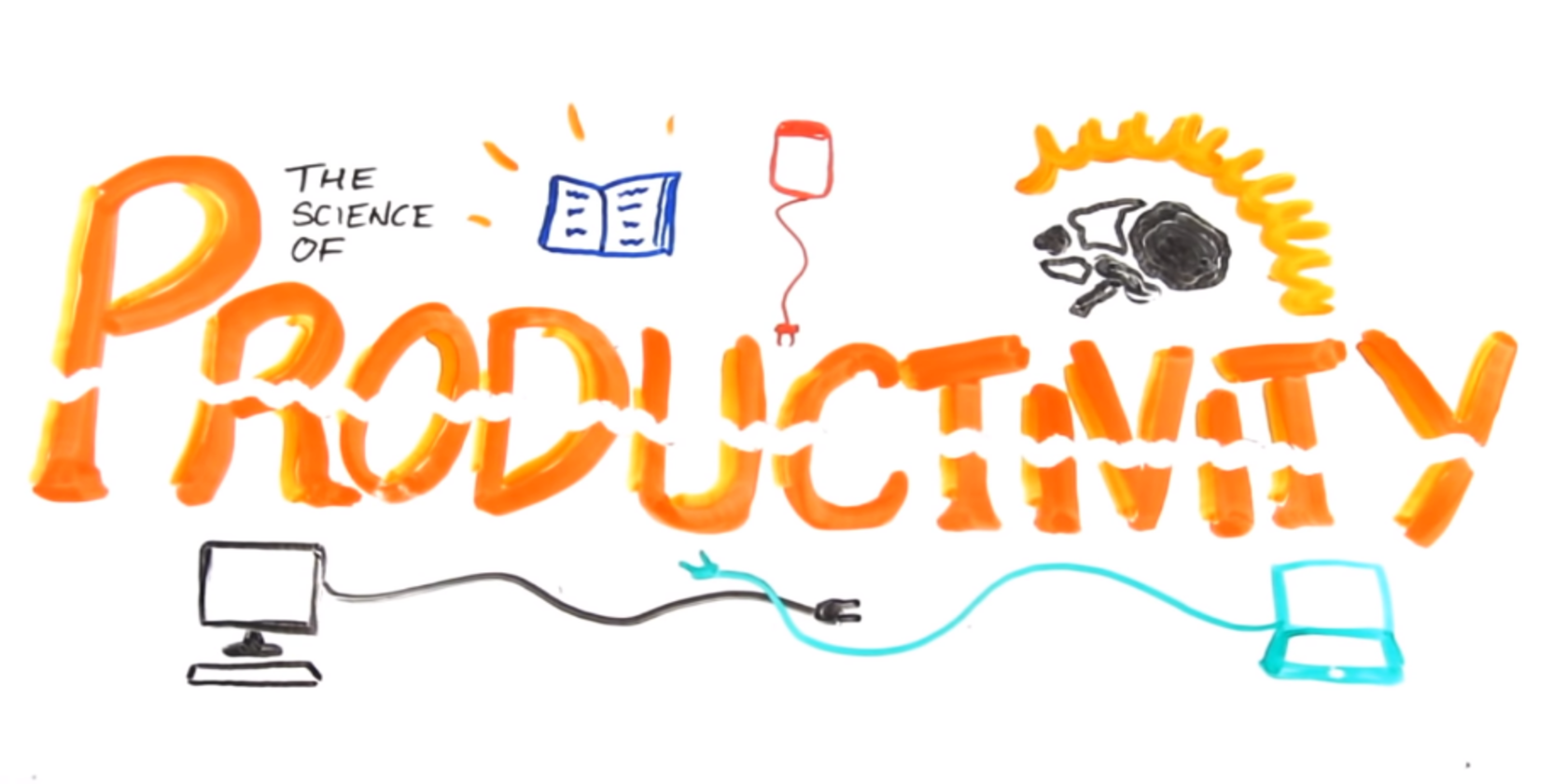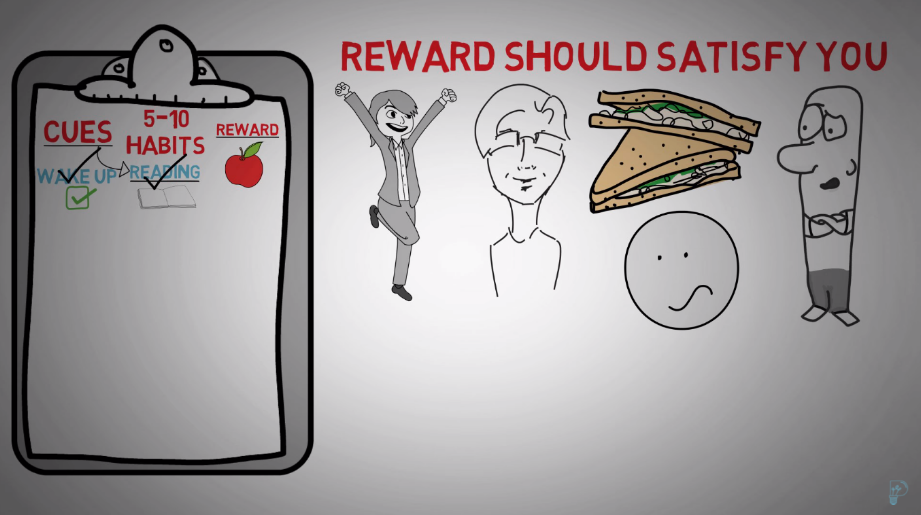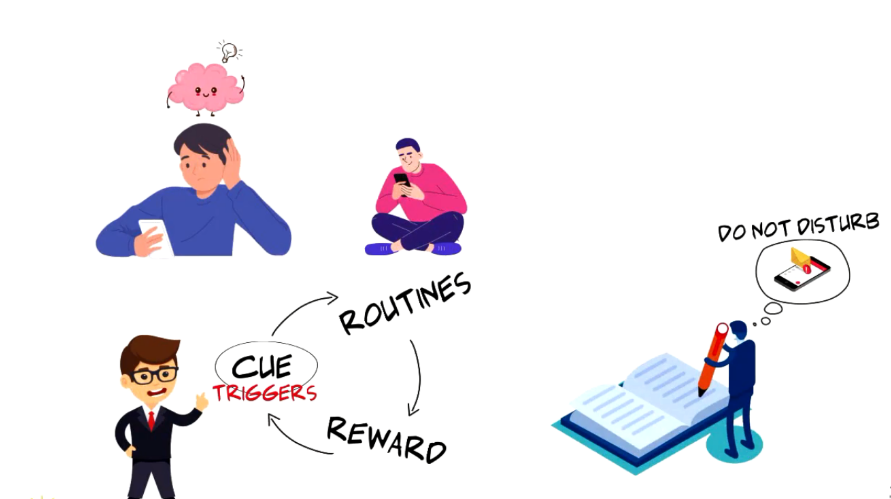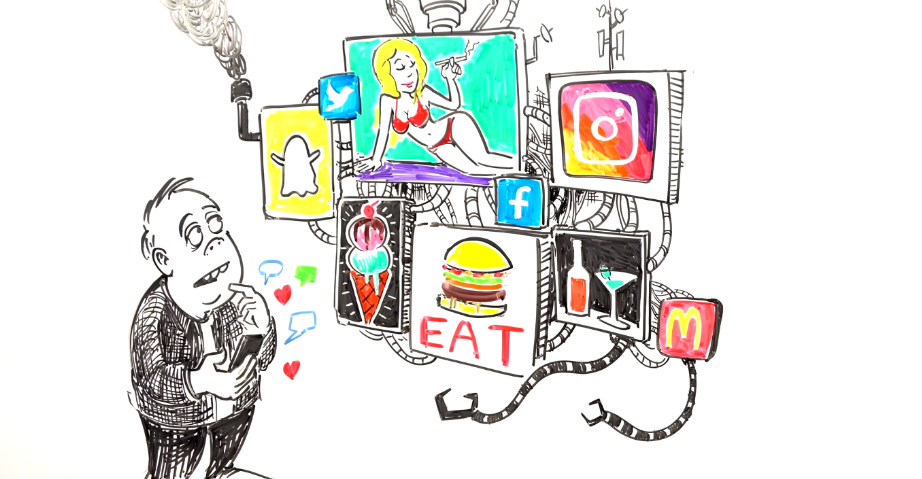With Cue-Routine-Reward, you can make your habits last longer since CRR involves combining the activity with an item you enjoy. This 'liking' element is crucial to CRR's stronghold on habits.
What Is Cue-Routine-Reward?
The cue in Cue-Routine-Reward is the trigger that reminds your brain to do something. Following this comes "Routine," which can be either physical, emotional, or mental.
Once the routine is finished, the reward should be the part you should have been waiting for. It should be something you enjoy. It should motivate you to work. The basis of this system is a celebration. You celebrate for all the hard work done.
Over time, Cue-Routine-Reward can become a loop. It might seem like Pavlov's experiment, but it's not. The loop doesn't make you do the work; you do it yourself.
A simple understanding of human psychology makes this loop effective. If you follow it, you might even get over the 'Reward' part.
How Cue-Routine-Reward Can Improve Productivity
CRR helps form new habits, be productive, and getting rid of bad habits. Let's see some examples:
1. To Form New Habits
Let's say you want to start gymming early in the morning. The cue for this can be an alarm that reminds you of leaving for the gym. A signal here is crucial because you should not remember things; it makes you stressed.
The follow-up is the routine, the gym activity. Now, you should decide on a 'Reward' that makes you happy. The Reward can be a smoothie or chocolate. Anything that makes you do the activity. Over time, your dependence on this chocolate will decrease, making your routine independent.
2. Being Productive
Working long hours can be challenging if you're working from home. You can use CRR by rewarding yourself after working every two hours.
3. Getting Rid Of Bad Habits
Let's say you want to quit smoking. It can be tricky; smoking in itself is an example of CRR. The cue in smoking is watching others smoke, nicotine craving, socializing, or an urge to get out. The rewards are cigarettes, chit-chat, alone time, or a break from work.
To break this, you need to replace the cigarettes with something that gives the same kick. You can choose coffee; it allows you to take a break, socialize.
It also provides a 'kick,' not in the form of nicotine but caffeine. Caffein is less harmful than nicotine with no risk of cancer. The cue is always the urge to smoke, and it won't be easy. Yet, the smoking model is great for quitting the habit itself.
The Cue-Routine-Reward Model in Social Media
Social media makes money by creating habits. The cue here is your boredom. Every time you get bored or have nothing to do, you choose social media.
The routine is scrolling through Facebook posts, Pinterest photos, or even tweets. You want to know what's happening, and you are craving for something interesting.
With lots of people sharing, it is not hard to find something interesting. These 'interesting' posts stimulate the release of dopamine and endorphins from your brain. As you might know, these chemicals make you satisfied and happy.
You earn happiness and satisfaction from each log-in. Every time you feel sad or bored, you log on to your account, which creates the loop.
Use CRR to Make New Habits
Understanding how habits work is essential to exercising regularly, losing weight, being more productive, and achieving success. And this is where the Cue-Routine-Reward system can help you.
Some apps that let you build new habits are HabitHub, Habitica, etc. These apps will set reminders, track your progress, and analyze your routine.




